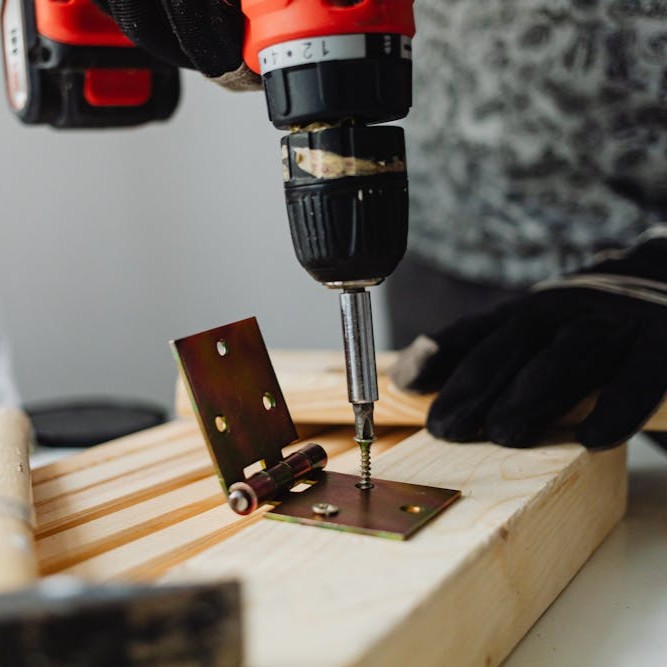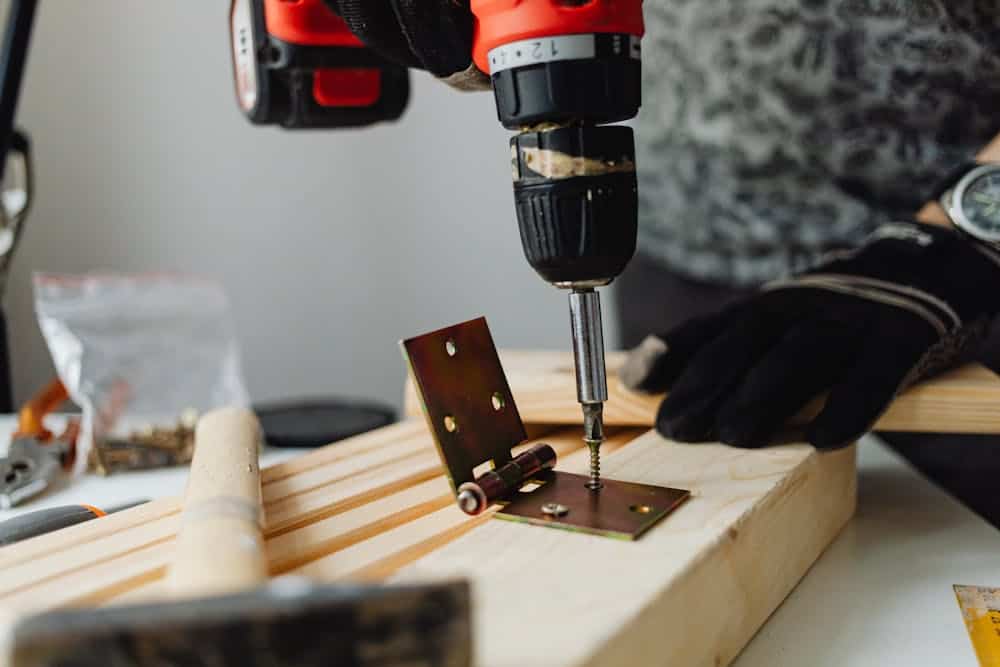
Real Homeowner Disasters to be Aware Of
Table of Contents
There are real homeowner disasters that can cause an untold amount of stress and make living in your house a bit of a nightmare. Mother Nature, household neglect, and years of putting things off will only make things worse. It’s easier when you know what issues to look out for.
Maintaining a house isn’t easy and requires some annual investment, too. So, from watching out for water to maintaining vital infrastructure, here are some examples to keep an eye on.
Damaged or Missing Roof Tiles

Being above you and hard to see, it’s easy to forget about the roof. However, the roof is one of the most important parts of a house. Of course, it stops the outside from coming inside! But it also provides stability to the structure. If you need urgent roof repair, then don’t put it off as something as seemingly insignificant as a missing tile can become much worse. Before too long, you can end up needing a roof replacement, and that will cost a substantial amount more.
Real Homeowner Disasters with Water
Water can be one of the most damaging disasters to a home, even more so than fire. The NFIP reports that over 44,000 US homes have made multiple flood claims, so water damage is a very real threat to a house. So, looking out for common causes will help you prevent the worst:
- Flooding can occur from faulty plumbing systems, pipes, and water tanks.
- A lack of water from a drought can cause severe sanitation problems and diseases.
- Severe weather, such as storms, can destroy the roof and allow excess water inside.
Looking after the pipes and water tank can help avoid a messy situation that will cost a lot of money to fix. However, even having no access to enough water means waste cannot be disposed of properly. Of course, bad weather is often to blame for most water-based issues.
Dangerous Outdated Wiring
As you should know, water and electricity don’t mix. That’s a disaster you really don’t want! Old wiring in a home can be especially dangerous, especially if there are other problems, such as water damage. There are countless cases of house fires starting from faulty electric wiring exposed to water, causing sparks. If your home is displaying any signs of bad wiring, such as flickering lights, discolored switches, and a burning smell, call an electrician immediately.
Faulty Electric Panels
Further to wiring, your house can also have faulty electrical panels. Panels should be wired and organized correctly, and the system should have the right number of switches. Overloading this will cause issues such as tripping and potential shock when touched. Signs of faulty panels include burn marks and a burning smell, buzzing and crackling sounds, and visible rust or corrosion. Don’t try to fix an electric panel yourself; call a licensed and qualified electrician.
Rising Damp, Mold, and Condensation
Sadly, it takes a tragedy to bring attention to some dangerous things around the home. Damp, mold and condensation have been historically overlooked, yet gained attention a few years ago after children died from exposure to these because of careless landlords. Common household mold might look harmless, but in large enough amounts can cause severe brain injury, breathing problems and death. Act quickly if you spot signs of dampness or mold in your household.
Tips to Avoid Real Homeowner Disasters
There are many real homeowner disasters that can cause disruption and cost a lot of money to fix. Even minor smoke or fire damage costs an average of between $2,500 and $5,000 to repair. While you can improve your home’s plumbing system, upgrade and renovate, or replace the roof, a proactive approach is the best way to ensure problems don’t appear in the first place.
Obtain insurance policies
Homeowners insurance can help cover the cost of damage that is beyond your control. This can include weather-related damage, burglary, and replacement of essential household utilities.
Keep up with home maintenance
One of the best ways to avoid issues around the home is with preventative maintenance. Looking after the home allows you to spot minor issues before they become bigger ones.
Be prepared for anything
Anything can happen at any time, and just staying prepared can help avoid making a situation worse. Something as simple as an evacuation plan can help protect the house and your family.
Insurance is a necessary part of owning a home and you would be wishing you had it if you don’t and something bad happens. However, just keeping an eye on things and fixing small issues can help make sure they don’t become bigger ones, especially if you stay prepared.
Blocked Gutters and Downspouts
Getting the kids to clean the gutters is a classic punishment, but they will actually contribute a great deal more than they realize. Gutters are essential for moving water away from the house, and as mentioned, water is the enemy of homes! A blocked gutter only gets worse, and blockages cause water to pool. This can be bad during summer, but even worse if debris freezes during winter and gets harder to remove. So, send the kids up there at the weekend!
Blocked Indoor Plumbing
Like the gutters outside, indoor plumbing can also become blocked, and you better believe it. You don’t want that! Blocked plumbing can cause toilets to overflow and flood the home with you know what! When this happens, it is costly, highly inconvenient, and needs to be professionally treated. Early signs of a blocked drain include water pooling, bad odors, and gurgling sounds, so grab the plunger! No, there’s no gremlin; it’s just a terrible water accident waiting to happen.
Seasonal Pest Infestations
There are some strange people that actually like spiders! But most homeowners would rather the creepy crawlies stay outside. In some places and depending on the season and weather, there can be an infestation of pests. This also includes rats and mice. However, even the tiny ant can be a massive headache for a home. Then there are termites that will actually eat the wood inside your house, potentially causing structural damage that needs repairs ASAP.
Real Homeowner Disasters from Infrastructure
Further to structural damage, there is home infrastructure that needs to be taken care of. Depending on the type, a roof needs replacing every 20 to 50 years or so. However, foundations, support beams, and even flooring must be checked. Here are some tips:
- Cracks in the walls are often an indication that something is structurally wrong.
- An uneven floor could indicate there is a problem with the home’s foundations.
- Poorly maintained insulation will cause issues such as damp and inefficiency.
Broken Heating and HVAC Systems
The last thing you need is a broken boiler in the dead of winter or a damaged HVAC in the middle of summer. Heating and cooling systems do a great job of providing the home comfort you need. When these go down it can be a disaster, and not just because of the inconvenience. If there is high demand, you could be waiting a long time for a repair. More seriously, though, something like a damaged boiler can produce carbon monoxide, which is fatal in most cases.
Summary
Damaged or missing roof tiles should be addressed straight away as they can lead to real homeowner disasters that are costly to fix. A proactive approach to caring for your home will help avoid most issues, but you must keep an eye on vital systems such as heating and HVAC.



